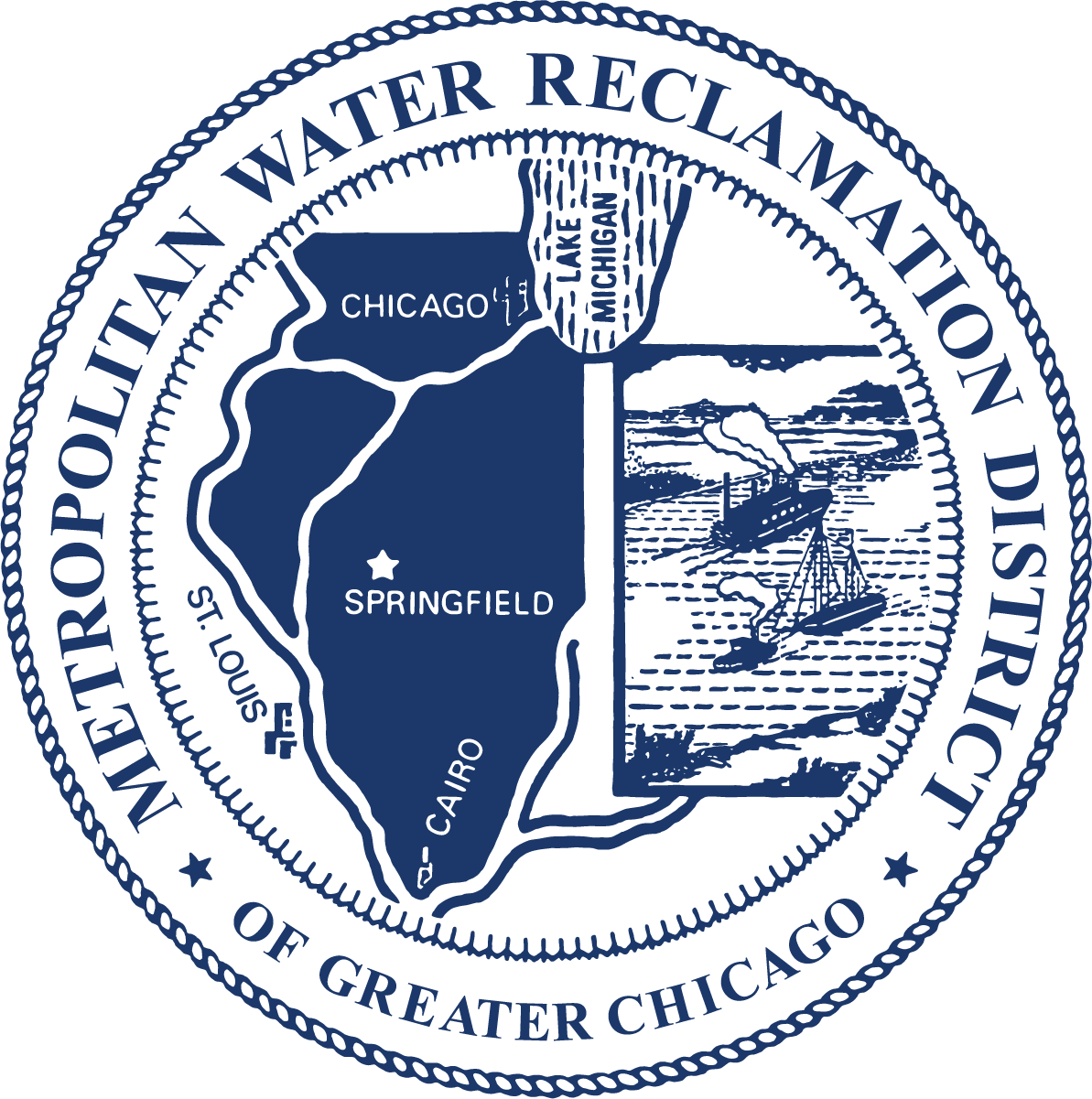Native Landscaping
Native landscaping provides multiple benefits
We appreciate native plants and trees. These valuable forms of green infrastructure help absorb rainwater. This reduces the chances of flooding and protects our water quality. Below the surface, native plants grow an extensive root system that holds the soil in place, supports other plants, prevents erosion, and provides extra filtration to absorb stormwater and slow the flow of water that can flood our communities and yards.
You can use native landscaping to help reduce flooding, protect water quality and provide habitat for wildlife

Save the Monarchs

Restore the Canopy

Get Wild: Commit to native plants and help protect pollinators
Practicing what we preach
At the MWRD, we not only promote the use of native plants throughout the communities we serve. We also take advantage of the land we own to plant them on our properties. Between seven water reclamation plants (WRP) and 23 pumping stations, the MWRD has significant ground to manage. In 2003, we realized we could retain more stormwater on this land while improving water quality. We began converting more than 31 acres of conventional turf grass into native prairie landscaping (NPL) on the grounds of our water reclamation plants. From there, it has grown and expanded along streambanks, near facilities and our reservoirs.

Benefits of native landscaping
Today, the MWRD has more than 50 acres of NPL, including more than 23 acres of milkweed that support the monarch butterfly population. By the end of the summer season, the ground has retained the seeds, which have already fallen for next spring, continuing a sustainable cycle of plant life.
The NPL demonstrates responsible land stewardship in a variety of ways:
- It reduces the long-term cost of grounds maintenance.
- It absorbs more stormwater.
- It increases diverse plant and wildlife habitat.
- It captures carbon.
- It provides natural beauty.

Maintaining our native prairie
The prairie requires less maintenance than grass, but by the end of the growing season, we manage the NPL uniquely. Since 2019, the MWRD has enlisted the services of goats and sheep for vegetation control on our grounds and amid the NPL.





